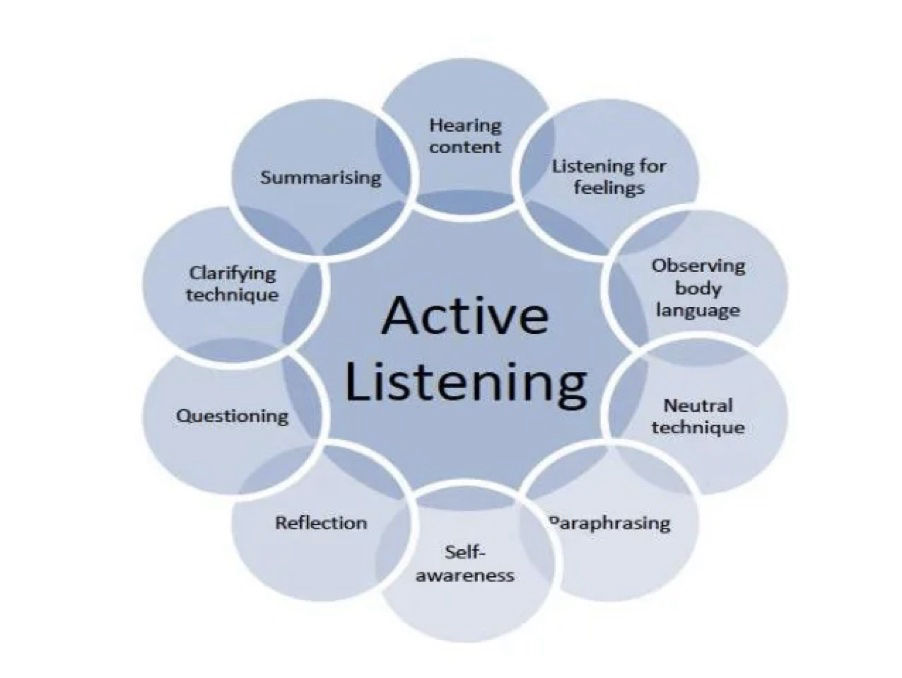
Our appetite for coaching as an approach to developing our people is growing exponentially. Where once it was restricted to private sector global leaders, at eye-watering prices, it now is a highly popular development tool for people at all levels and in all sectors and affordable.
The concept of a coaching culture is also taking off, in which an organisation develops their leaders and managers to use coaching techniques as part of their management toolkit; the idea is that employees who are encouraged to think for themselves, explore how they show up and how they engage with others. Using this perspective, they also feel more engaged and take greater responsibility for the ideas they have identified than if they are told what to do.
I now regularly work with clients to explore how coaching fits into their leadership approach and then practice some fundamental coaching skills.
Quite often exploring a coaching leadership style comes out of a client wanting to explore their leadership style.
A nice model to help in this situation is Daniel Goleman’s six leadership styles (below).

Asking the client to reflect on which of the six styles is their most natural style, which is their least natural, and which they should use more of, is a great introduction to the client to consider being more agile in their approach.
The coaching leadership style regularly comes up as a style that clients feel they should be making more use of.
As managers/leaders, we are often hard-wired to believe we should have all the answers, set direction, issue instructions and give advice. This mindset and approach runs contrary to a coaching leadership style which, as the model says, is about “coaching team members to develop themselves to become better individuals and professionals”. Coaching is about listening, asking open questions, being there in the client’s best interest (not your own) and facilitating the conversation to help the client think more deeply about their topic and in doing so create greater self-awareness and responsibility around it.
As such we need to recognise our tendency to step in and take over and instead practice sitting back, listening, supporting and asking open questions.
With my clients, coaching can be a great space to explore with them how well they generally listen: are they actively listening or just waiting to interrupt?
The diagram below shows some key elements of active listening that demonstrate to you and whoever you are in conversation with that you are actively listening to them.
Being actively listened to develops trust, as it shows that you are interested in what the other person has to say. It also provides you with the material to gauge what they are thinking and feeling, which helps you choose appropriate open questions to encourage further client thinking.

So, the next challenge is sticking with open questions to encourage the client to open up and lead on where their thinking is taking them. Closed questions close down the thinking process and may even misdirect it. You may use a closed question to clarify a point, such as “So, as I understand it, X happened?” but they should be far outweighed by open questions.
Example open-ended questions that you may want to practice using more might include:
As a starting point, I find getting someone to think about and practice how well they listen and how well they ask open questions is a great start to developing their coaching leadership style.
Then asking them to reflect on when they actively listened, asked open questions and how it went, as well as how it felt is a great way to embed the learning.
They may want to let their team know they are trying out something new, and even ask for feedback on how their coaching style is landing.
It is important to recognise that the coaching leadership style is only one of the six styles that Goleman wrote about and which he said all had their place, and that great leaders should flex between the styles as the situation requires. As such, the coaching leadership style is not for all situations. Rather, it is best used as and when it suits, which in itself is another learning opportunity.
I hope this blog unpacks a little of how, as a manager, we can learn to develop our coaching leadership style and two of the key skills (active listening and open questions) we can all start to ask ourselves and try to practice more.
As always, if this raises any questions for you, please get in touch.
From the author:
As coaching is not an advice-giving service, these blogs are not written with the intention of proposing solutions to common leadership challenges. Instead, they are thought pieces with the aim of prompting the reader to think more deeply about the topic and reflect on whether it warrants further exploration, with or without a coach.
If you would like to hear more about coaching and how to make it work for you, feel free to subscribe to my newsletter and to share this blog with anyone that might be interested in learning about executive coaching, how it works and whether it could be of benefit to them.